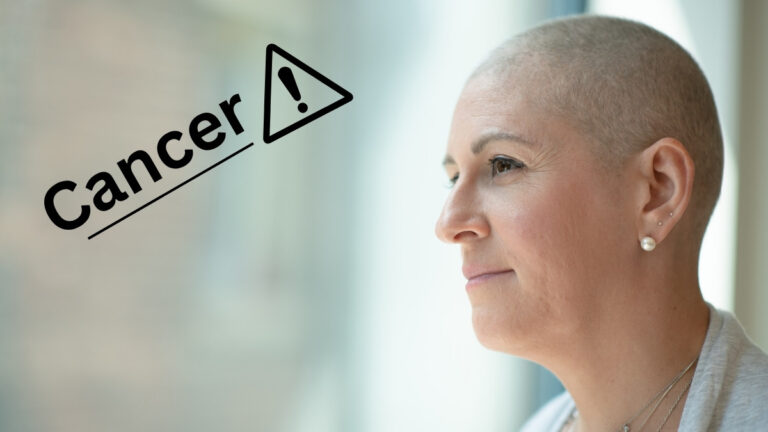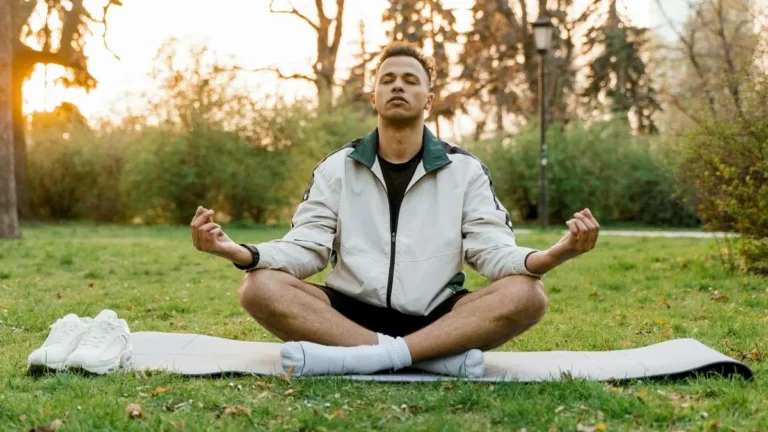Living Alone After 50? Here’s How to Stay Safe Without Giving Up Your Independence
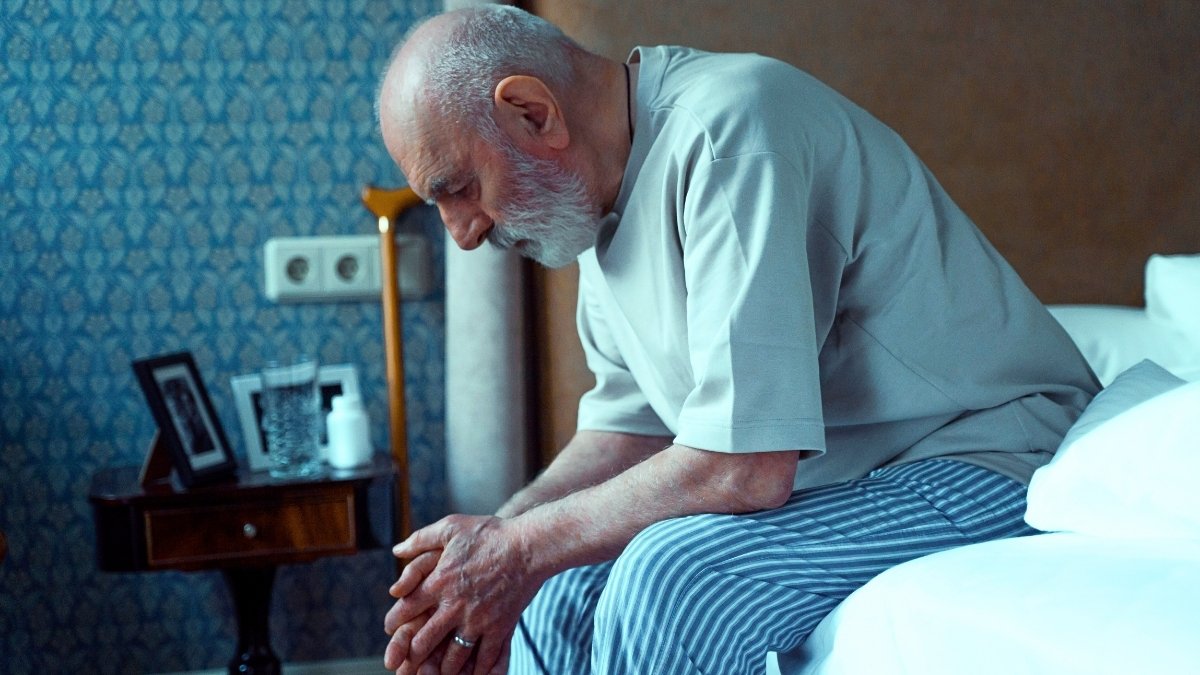
You walk every morning, stretch faithfully, and eat well — so why did your doctor just warn you about your sitting habits? It sounds strange, but it’s one of the most common blind spots for people staying active after 60.
Even if you exercise daily, long periods of sitting can still harm your heart, blood sugar, and circulation. Experts call this the “active couch potato” effect — where workouts don’t cancel out hours spent sitting. And here’s the kicker: after about four hours of sitting, the risks start to climb sharply, even for people who move regularly.
This article explains why sitting after 60 carries its own health dangers and how you can fix it. You’ll learn simple, science-backed ways to reduce sitting time without giving up your comfort or routine. Because small changes — like standing more often — can protect your long-term health, even if you exercise.
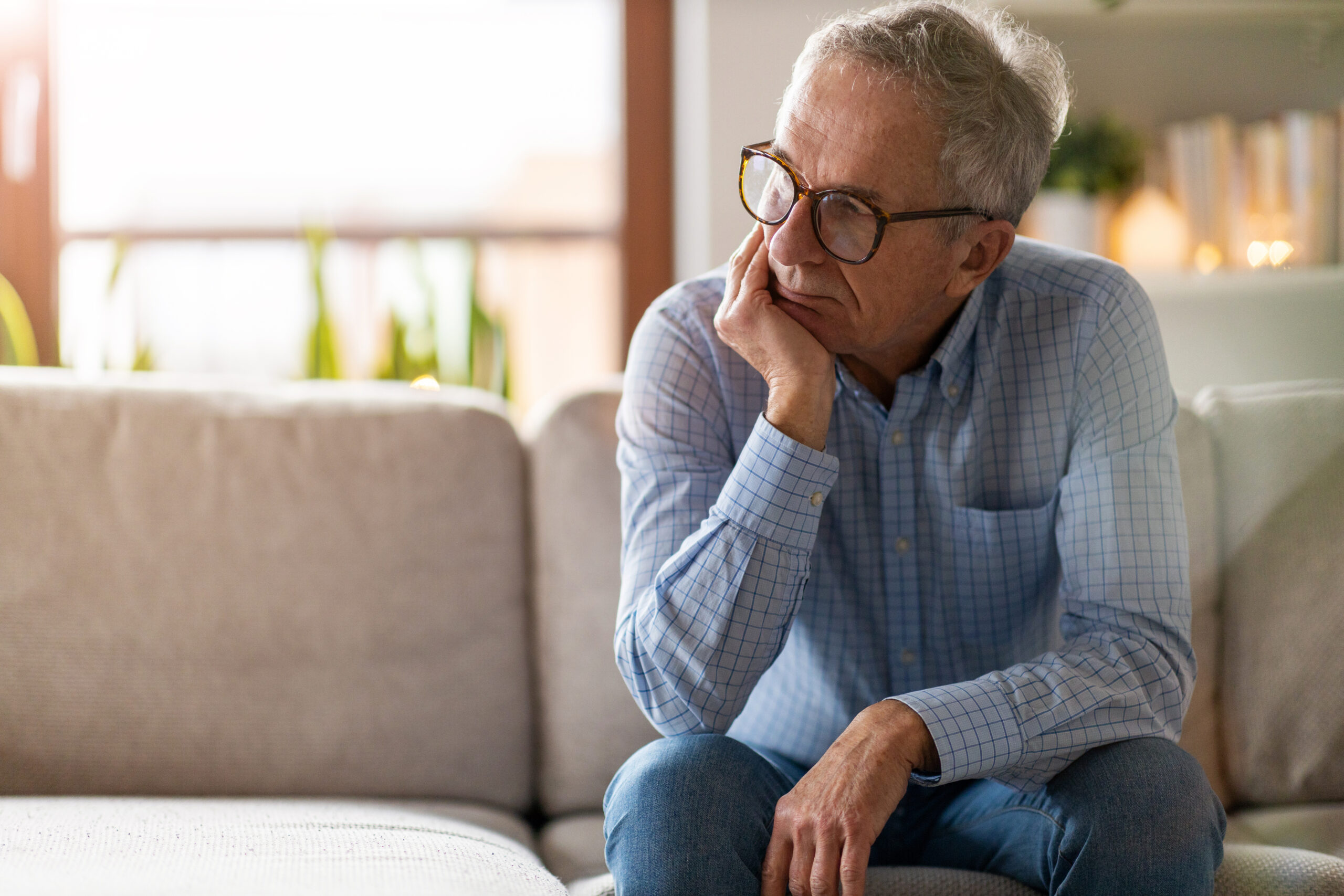
The Reality of Living Alone After 50: Statistics You Need to Know
Over 36 million Americans over 50 live alone—and that number keeps growing. Women are twice as likely to live solo after 60, mostly because they outlive men. Living alone after 50 can be rewarding, but it also brings risks. Falls send more than 3 million older adults to the ER each year, and when someone falls at home alone, it takes an average of 5–12 hours before help arrives.
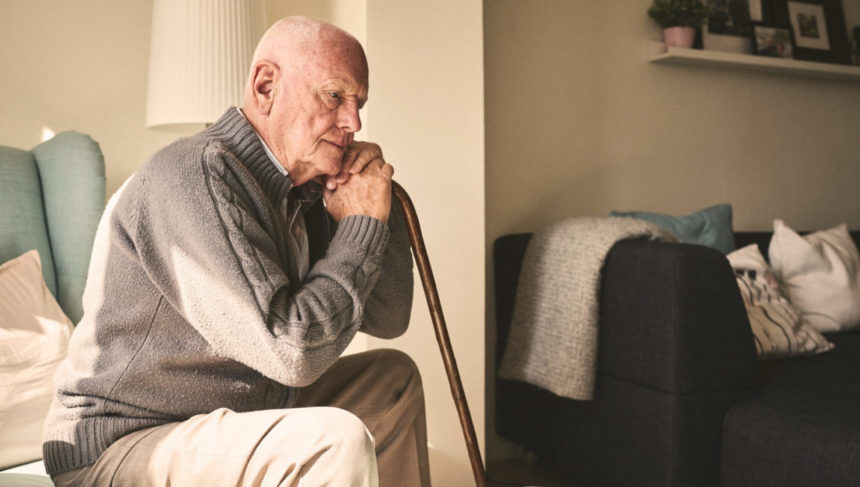
The good news? With proper safety measures, 90% of adults over 65 successfully age in place. The real risk isn’t living alone—it’s living unprepared. Smart planning keeps independence and peace of mind intact.
The 4 Essential Safety Pillars for Independent Living
Think of safety for seniors living alone as a chair with four strong legs. Each pillar supports your independence and peace of mind.
- Emergency Preparedness & Response – Make sure you can get help fast when something unexpected happens. Have a plan before you need it.
- Home Safety & Fall Prevention – Small home changes and mindful habits prevent the most common injuries.
- Health Monitoring & Medical Management – Stay on top of your health with simple check-ins and proactive care.
- Social Connection & Check-In Systems – Regular contact keeps you safe and supported without feeling watched.
Pillar 1 – Emergency Preparedness: Your Safety Net Without the Surveillance
You can stay independent and safe—without feeling watched. That’s what modern emergency preparedness is all about. The right tools protect you quietly, giving peace of mind without taking away dignity.
1. Medical Alert Systems (Modern Options)
Forget the old “I’ve fallen and I can’t get up” image. Today’s systems look like smartwatches or sleek pendants. Some connect to your smartphone, others detect falls automatically.

Response time averages just 10 minutes—compared to 5–12 hours without one. Plans start around $20–$60 a month, far less than a $3,000 ER bill from delayed help.
2. Smart Home Emergency Features
Voice-activated assistants like Alexa or Google can call your emergency contact instantly.
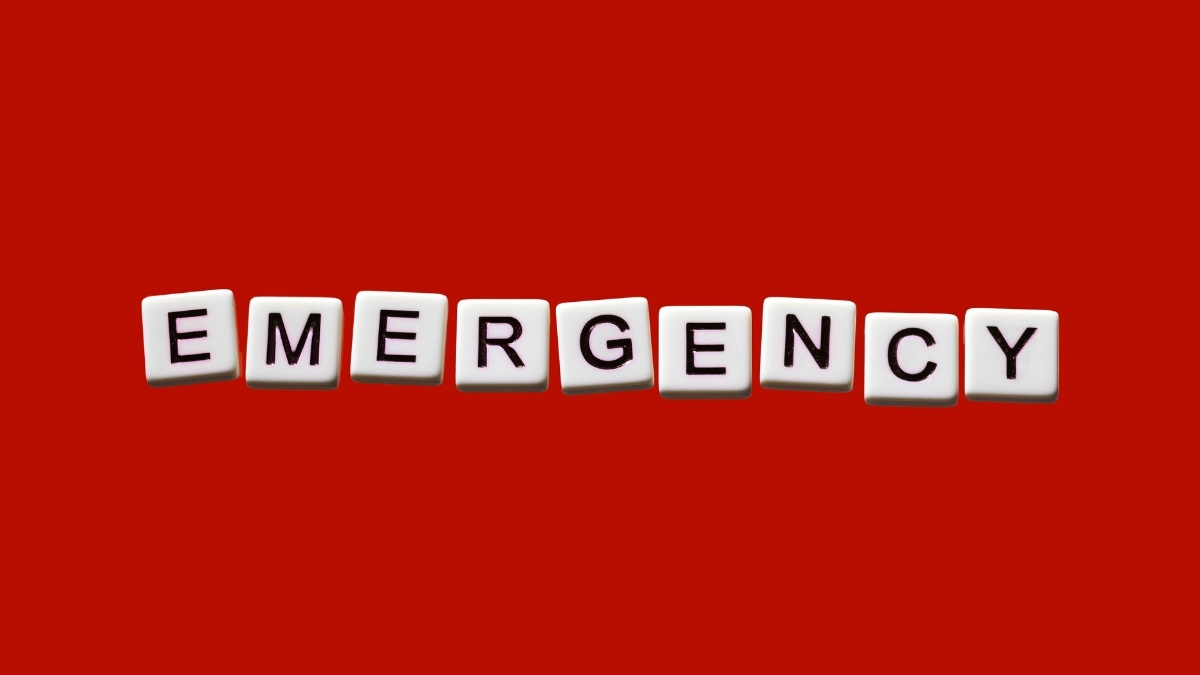
Smart locks let responders in safely using one-time codes. Smoke, CO, and water sensors add extra layers of protection—without needing constant monitoring.
3. Emergency Contact Systems
Set up a daily check-in buddy system that feels natural, not controlling. Post your emergency contact list by the phone, and use “ICE” contacts in your cell. Key lock boxes or smart locks help family or medics access your home fast if needed.
4. Medication Management
Use pill dispensers with alarms or refill apps that track doses.

Automatic systems reduce missed medications and confusion—especially helpful when living alone.
5. When to Escalate Concerns
If forgetfulness or confusion becomes frequent, don’t ignore it. Early medical advice can prevent bigger issues later.
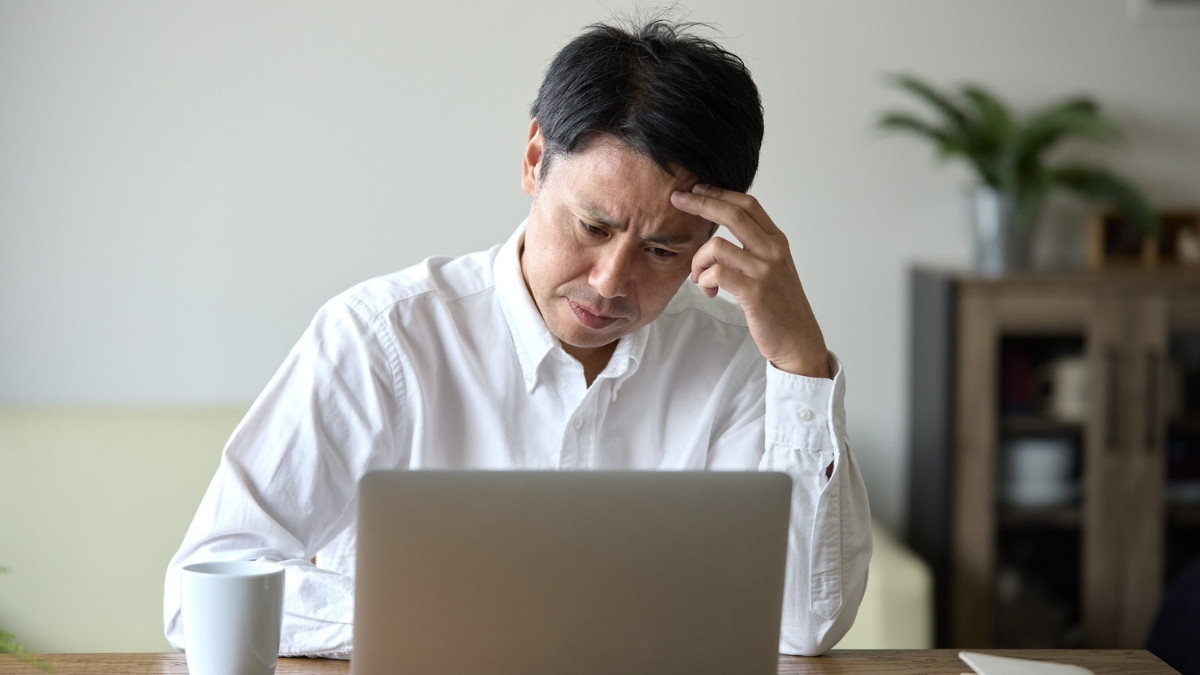
Remember: 72% of older adults who fall wait hours before help arrives. Choose one emergency preparation tool this week—it could save your life while keeping your freedom intact.
Pillar 2 – Fall Prevention and Home Safety: The Modifications That Actually Matter
Falls are the leading cause of injury death for adults over 65—and most happen at home. The good news? Small, smart changes can prevent most of them.
1. Critical Home Modifications (Start Here)
Begin with the bathroom—it’s where 80% of serious home injuries occur. Add grab bars, non-slip mats, and a shower chair.
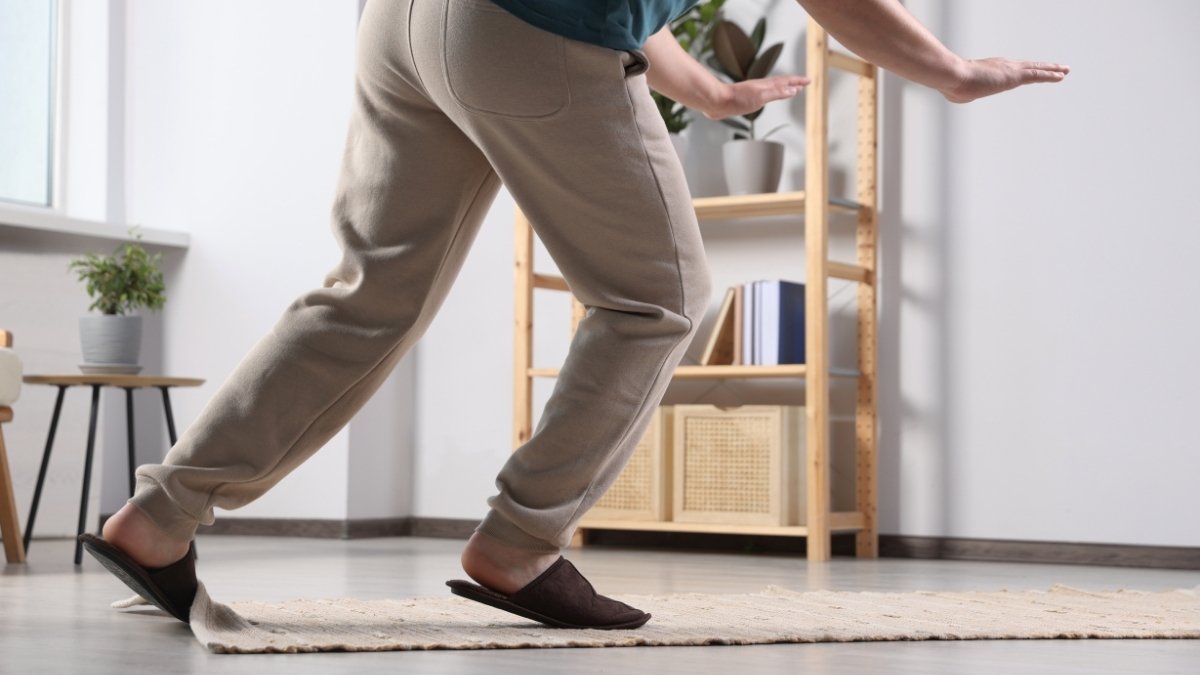
Install motion-sensor lighting for night trips and ensure handrails are on both sides of stairs. Remove loose rugs and manage cords to avoid tripping. These essentials cost $200–500, far less than a $40,000 hip fracture recovery.
2. Room-by-Room Safety Audit
Check each area: bathroom (slippery floors), bedroom (nighttime mobility), kitchen (reach hazards), and hallways (clutter). Don’t forget outdoor steps and entryways.
3. Balance and Strength Maintenance
Daily exercises—like chair stands or heel-to-toe walks—are simple but powerful.
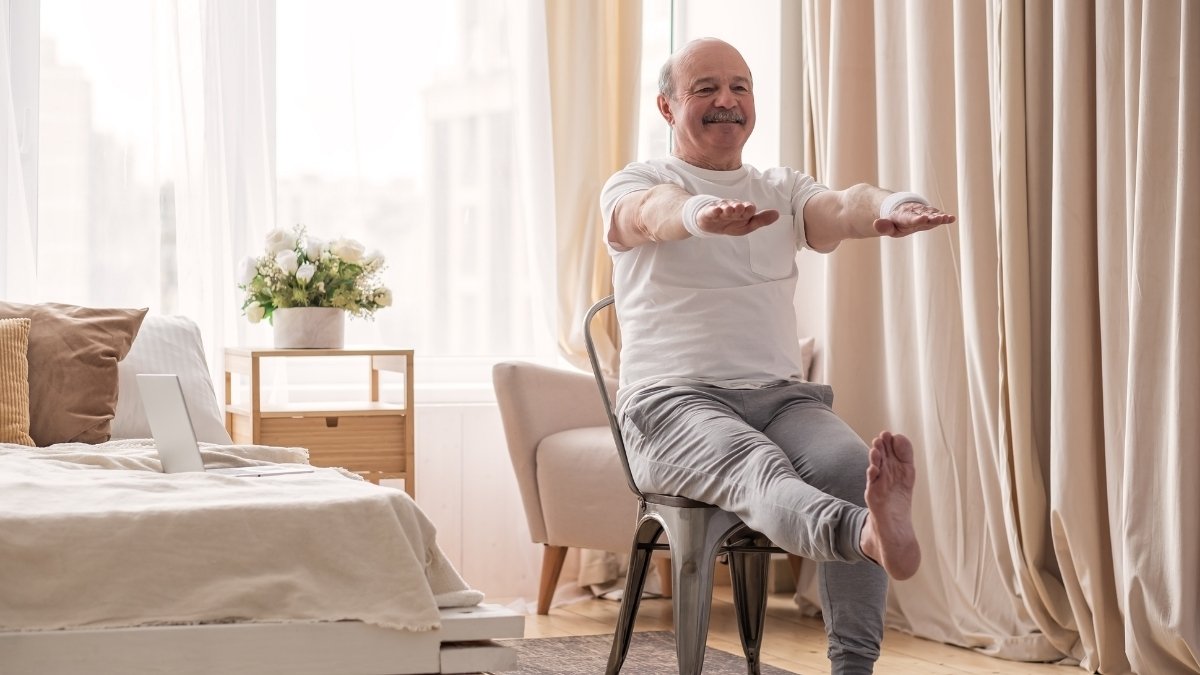
Strong legs mean fewer falls. Even a few minutes a day keeps your body ready to react.
4. Vision and Footwear Factors
Get yearly eye exams, use bright lighting, and wear secure, non-slip shoes. Avoid slippers that slip off.
5. Technology Assistants
Try motion-sensor lights, smart speakers, or stair lifts for added safety.
These upgrades don’t limit your freedom—they extend it. Start with one change this week and build from there.
Pillar 3 – Health Management Without Constant Supervision
Living alone after 50 doesn’t mean managing your health alone. With the right tools and systems, you can stay on top of your well-being—without feeling watched or dependent.
1. Proactive Medical Care Systems
Keep a regular check-up schedule, use telehealth for routine visits, and review medications yearly with your pharmacist.
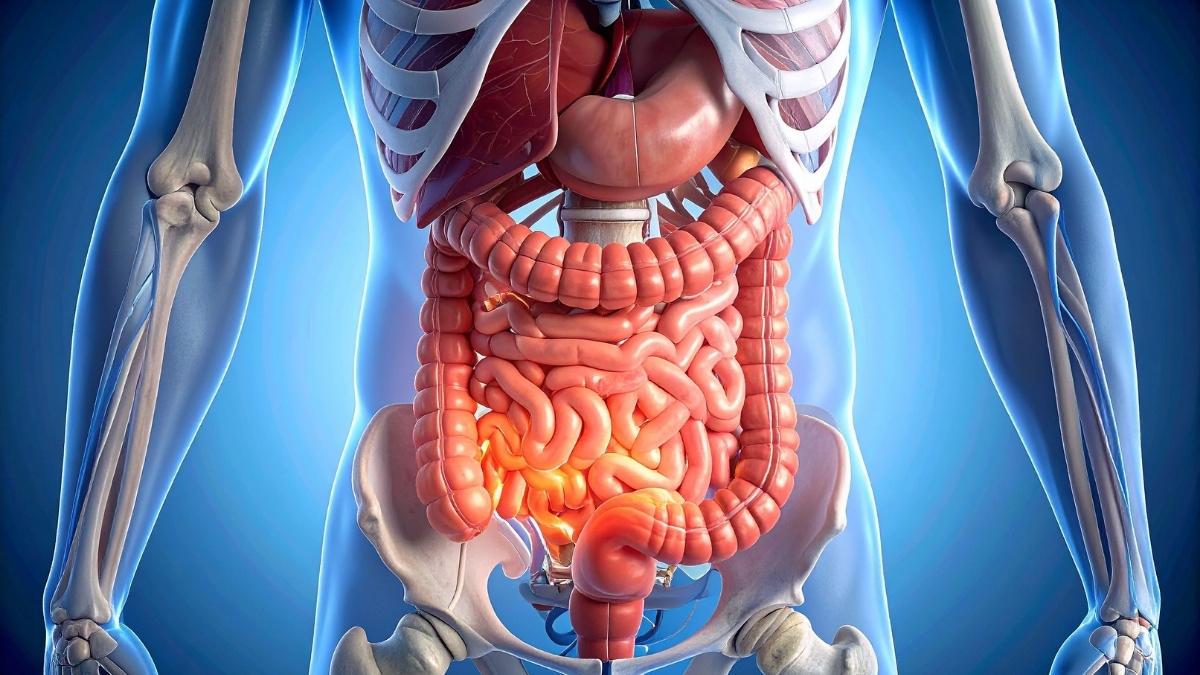
Preventive screenings and a strong relationship with your primary doctor help you catch small issues before they grow.
2. Home Health Monitoring Technology
Simple devices—like blood pressure cuffs, glucose meters, or smart scales—track key numbers at home.
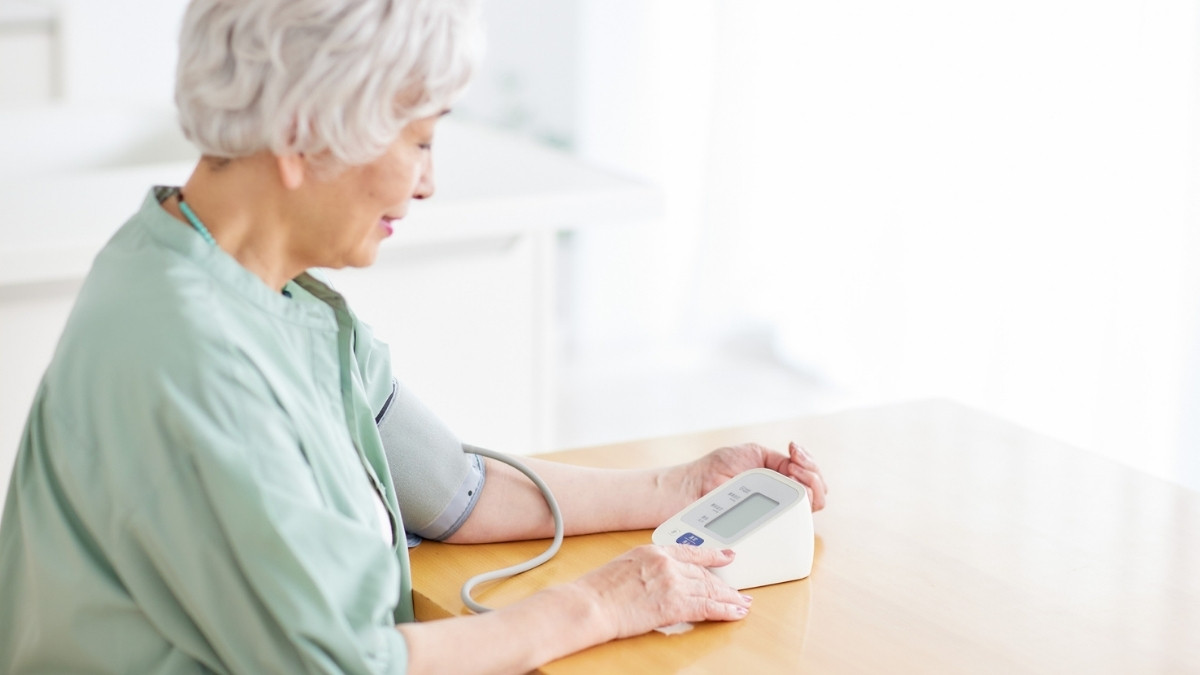
These tools spot changes early, helping you and your doctor act fast.
3. Medication Management Independence
Pill organizers, phone alarms, and auto-refill programs keep medication on track.

As one user said, “I haven’t missed a dose in two years.”
4. Mental Health and Cognitive Wellness
Solo living can increase isolation. Try virtual counseling, brain games, or daily calls with friends.
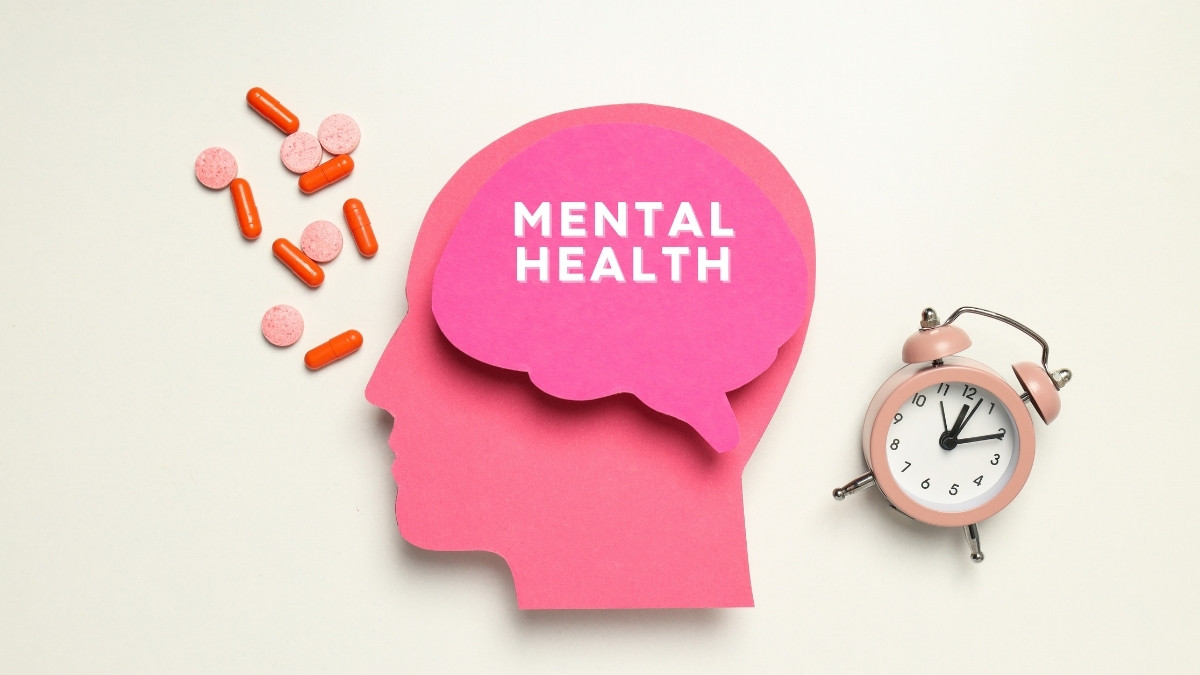
Staying mentally sharp protects independence.
5. Create a Medical Information Hub
Keep key documents—medication lists, medical history, and emergency info—in one easy-to-find place.
Action Step: Schedule one preventive appointment this week. Staying proactive is the smartest way to age in place confidently.
Pillar 4 – Social Connection and Natural Check-In Systems
Staying connected isn’t just about company — it’s about survival. Studies show loneliness can harm your health as much as smoking 15 cigarettes a day. That’s why staying in touch is just as important as taking your medicine.
1. The Loneliness Factor
Being alone isn’t the same as feeling lonely. Isolation raises the risk of dementia by 40% and heart disease by 29%.
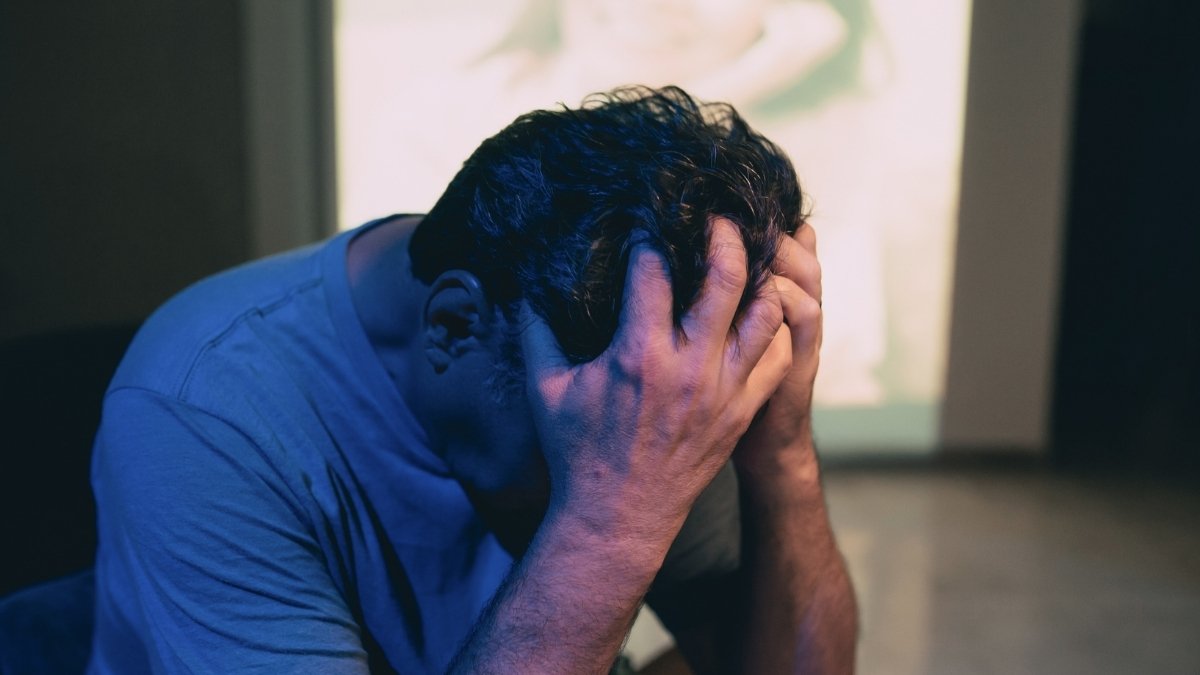
Social connection keeps your mind sharp and your body stronger.
2. Natural Check-In Systems
Keep it simple. Send a daily text or photo to friends, share a group chat, or wave to a neighbor each morning.
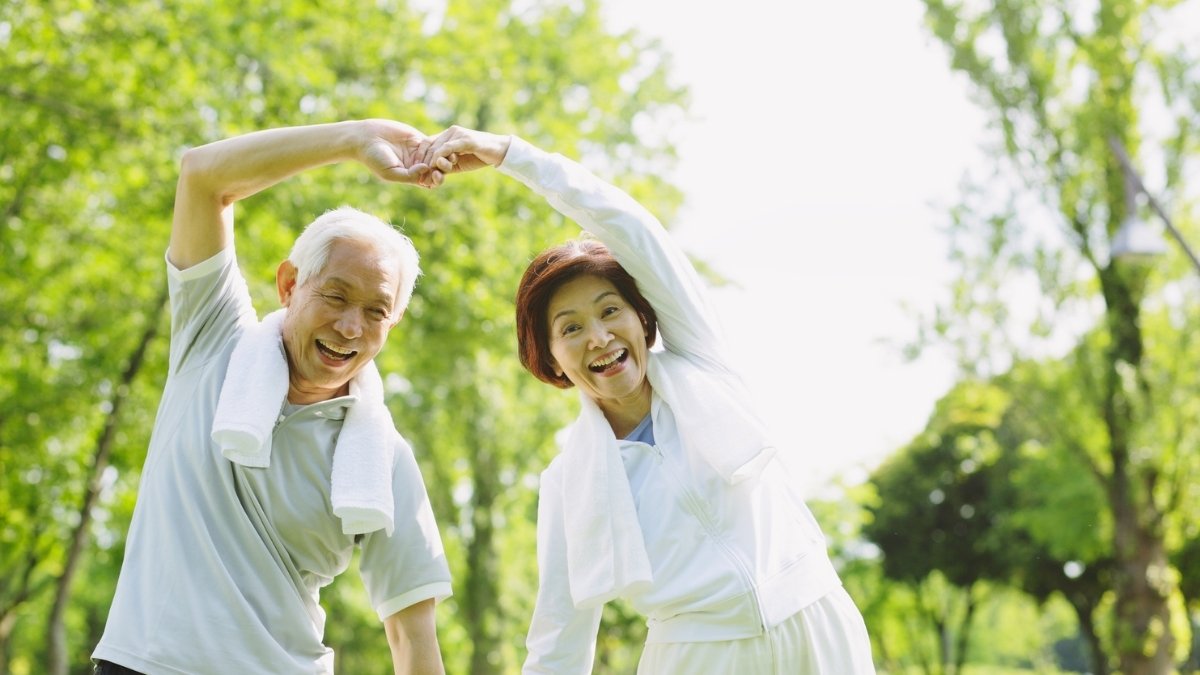
These small habits build safety nets without feeling watched.
3. Technology for Connection
Use video calls or one easy app to stay in touch.

Many libraries now offer free virtual classes and hobby groups — no tech skills needed.
4. Community and Purpose
Join a club, volunteer, or share your skills. Purpose is one of the best ways to stay healthy while aging independently.
5. Pet Companionship
Pets lower stress and boost routine. Choose a companion that fits your lifestyle.
Action Step: Pick two people for mutual daily check-ins this week — small acts that protect big independence.
Technology Tools That Enhance Independence (Not Replace It)
Smart tech can make living alone safer — without taking away your freedom. The right tools help you stay connected, organized, and in control.

Communication & Video Tech:
Smartphones with big screens and video-call tablets keep you in touch easily. Voice-activated systems let you call for help hands-free.
Smart Home Safety:
Smart doorbells, locks, and motion lights improve safety. Voice assistants like Alexa or Google Home make it simple to manage your home.
Health & Wellness Devices:
Fitness trackers with fall detection and medication reminder systems help prevent health risks.
Home Monitoring (Privacy-Friendly):
Motion sensors alert family to unusual activity — no cameras needed.
Daily Living Helpers:
Grocery delivery, ride-sharing, and online bill pay save time and energy.
Start small: Pick one tool that solves your biggest concern this week.
Final Thought
Living alone after 50 isn’t about choosing between safety and independence — it’s about building systems that protect both. The people who age successfully at home don’t wait for emergencies. They plan ahead, setting up tools and habits that make life safer while keeping their freedom intact.

You’ve spent a lifetime making your own choices. These steps don’t take that away — they help you keep doing it longer. Sure, you may need to adjust a few things, like adding grab bars or wearing a medical alert watch. But that’s not giving up. That’s being smart.
Start today: Pick one thing from your list — install a safety feature, create a check-in plan, or schedule a health review. Each small action adds up to lasting independence.
Living alone after 50 can be safe, fulfilling, and completely within your control — when you plan ahead. Your independence matters. Your safety matters. You deserve both.
Living alone after 50? Learn smart, simple ways to stay safe, confident, and independent with proven aging-in-place strategies.

